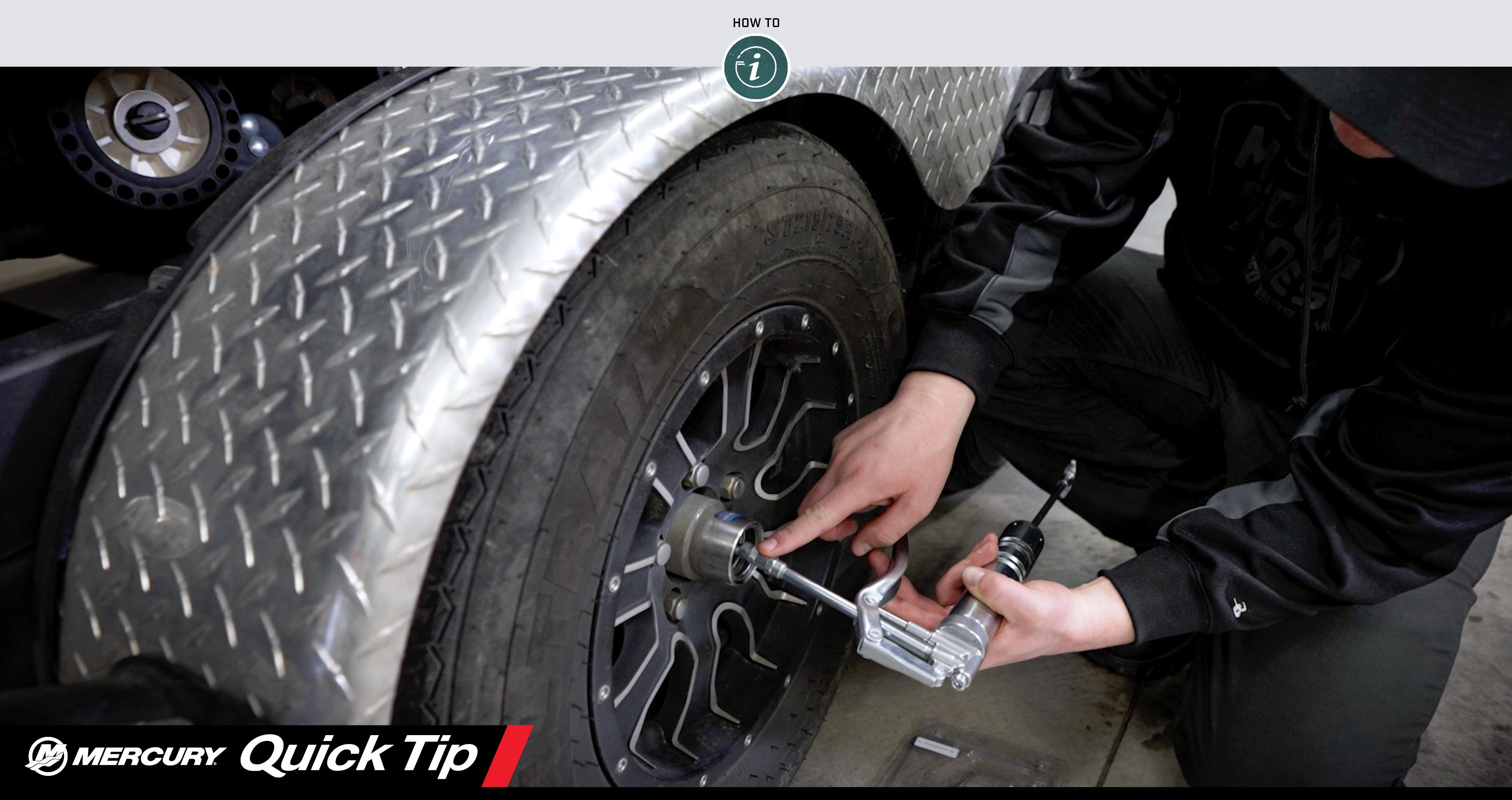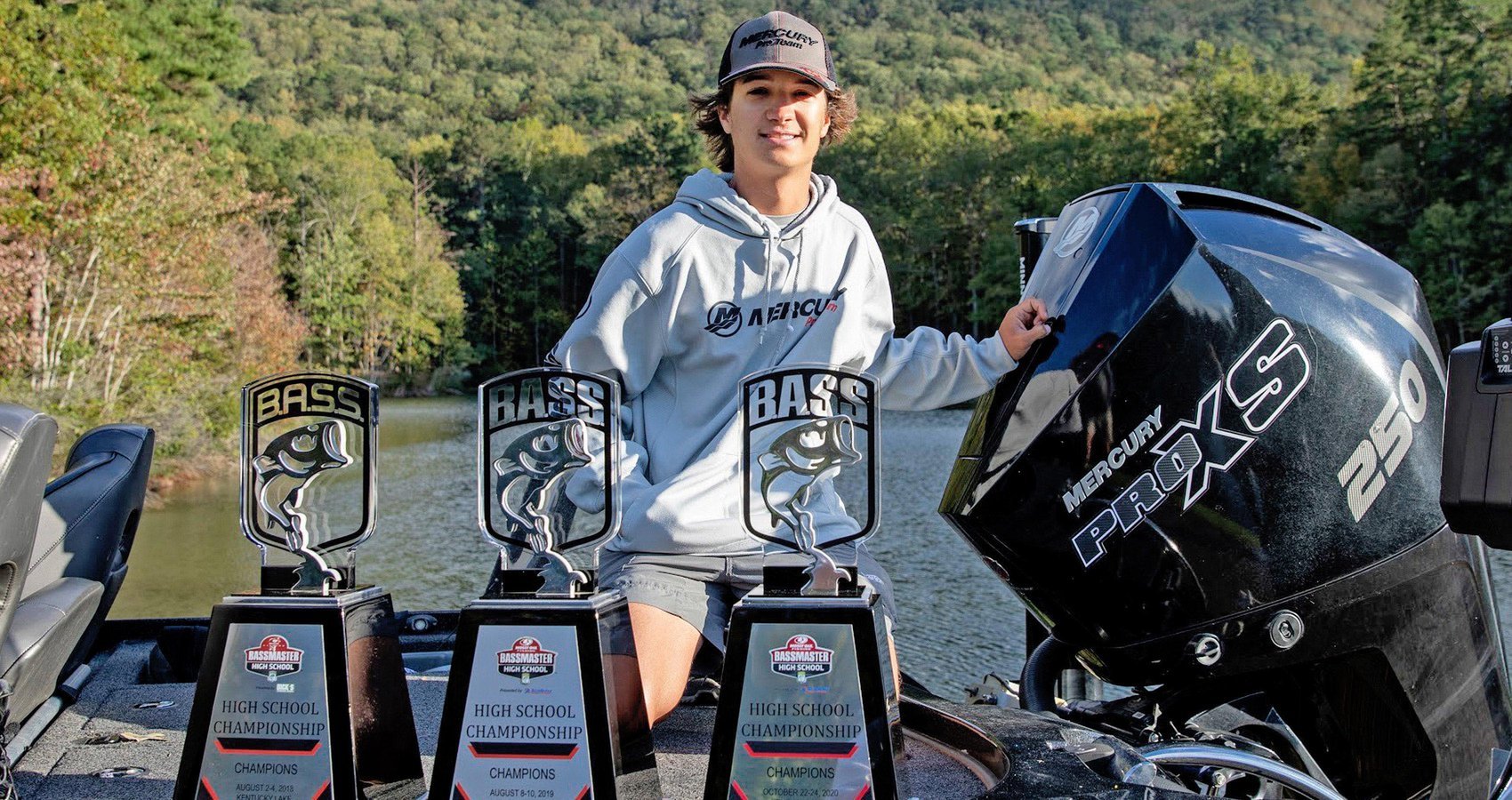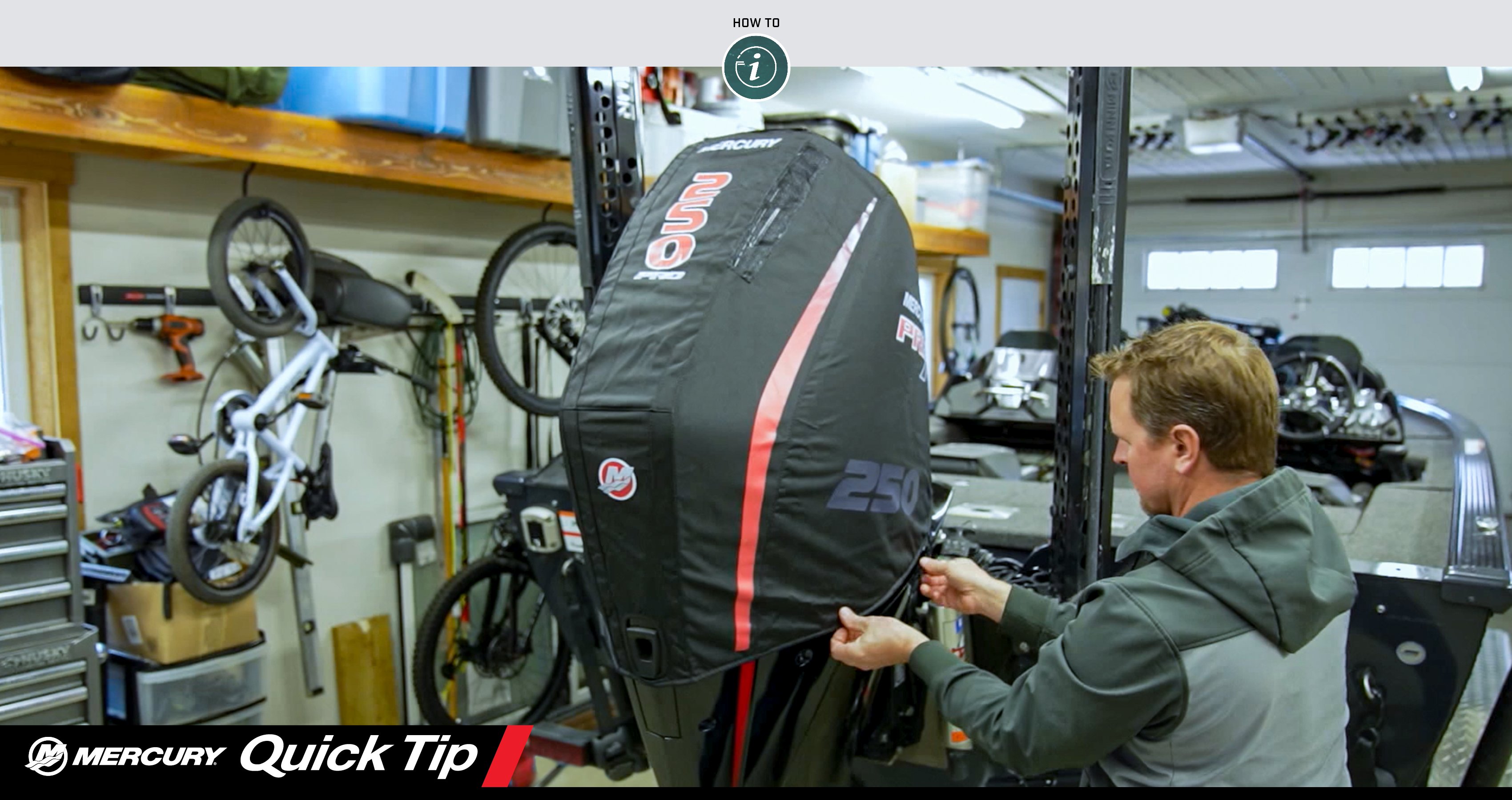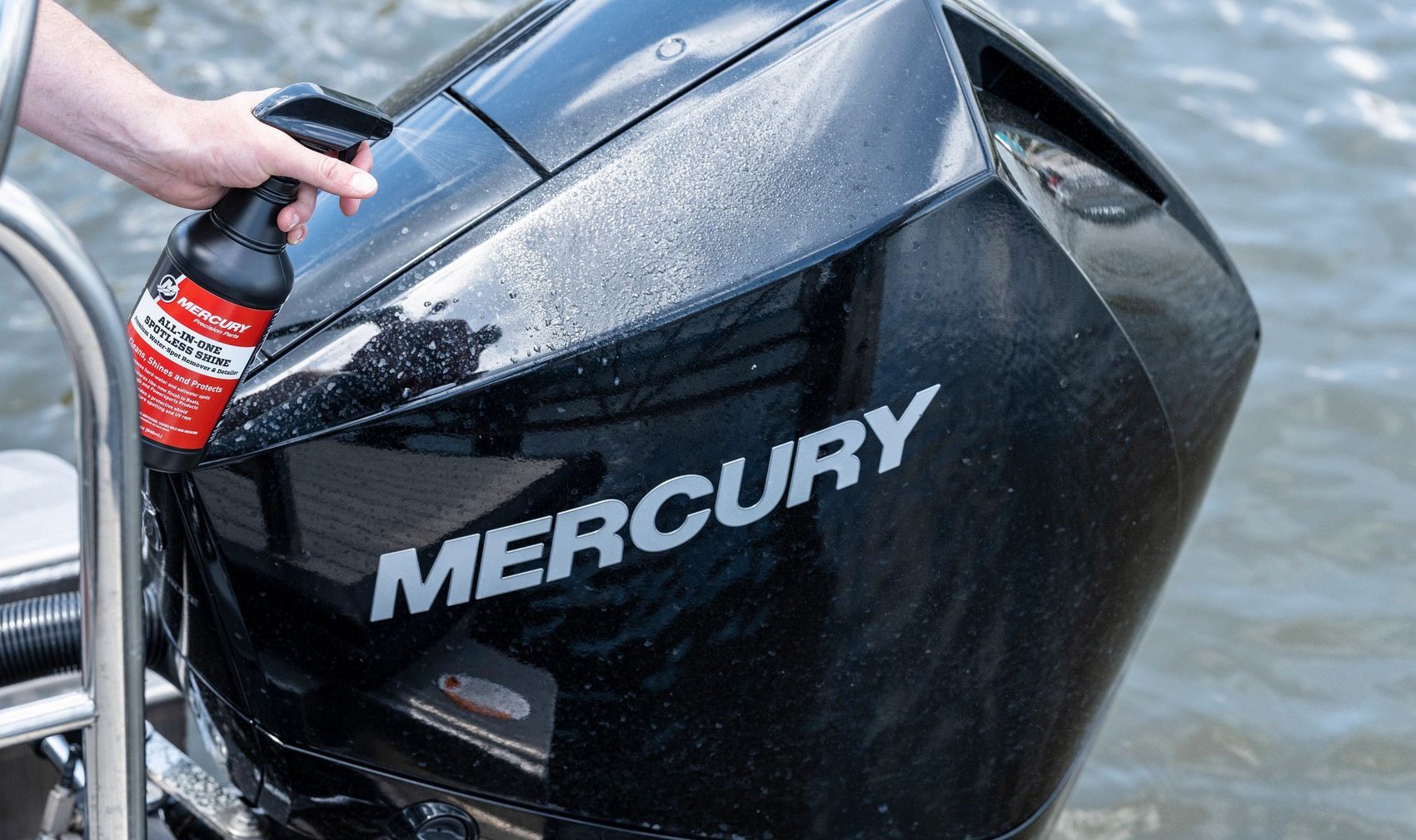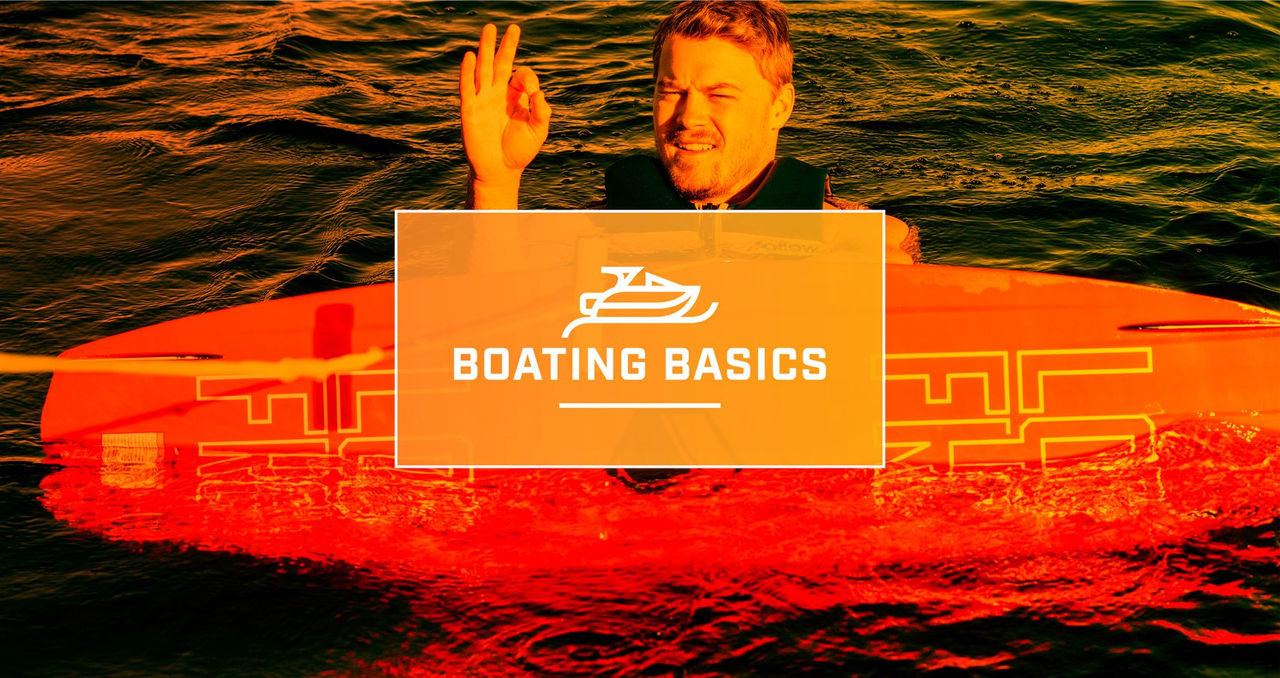Get ready to ride. In the “Tow Sports Boating Basics” series, Mercury-powered pro wakeboarders Carro Djupsjö and Dylan Miller will walk you through everything you need to know to get started enjoying the thrill of wakeboarding and wakesurfing.
When you start hanging out with the wakesports crowd, you won’t experience too much culture shock if you grew up skateboarding, surfing or snowboarding. The lingo, which entered mainstream culture starting in the 1990s, is similar. You likely picked it up even if you just followed those sports as a fan.
If you haven’t been involved in that scene, however, some of the terminology might leave you feeling a little lost. Fortunately, all it takes is a primer and a little practice, and you’ll sound like part of the crew before you know it.
Here are some must-know terms, with background from Mercury-powered professional wakeboarders Dylan Miller and Carro Djupsjö. You can see examples of these tow sports terms in the video below.
Regular and Goofy
These terms refer to your natural riding stance. Djupsjö rides her board with her left foot forward, which makes her stance “regular.” Miller, however, rides with his right foot forward, which makes his stance “goofy.”
If you’re not sure which stance is natural for you, have a friend approach you from behind and give you a gentle push. You’ll naturally step forward with the foot that should be in front while wakeboarding or wakesurfing.
Switch Stance
As you get more proficient in your preferred board sport, it’s fun to learn to switch sides and ride with your unnatural foot forward. This is called, appropriately, “switch stance.”
“Most professional riders work very hard to learn tricks in both stances, which can help improve their scores during competition or impress their peers and fans in videos,” Miller said.
Regular Stance
Here’s the tricky part: The term “regular” can be used two ways. As noted above, it means riding with your left foot forward. But it also is used to identify a trick that is performed in the rider’s natural stance, regardless of which foot is forward.
So, although you might be riding with your right foot forward (goofy), that is your “regular stance” for doing tricks. Switching to ride with your left foot forward (regular), would be your “switch stance,” as your unnatural foot is forward.
Heelside and Toeside
In the wakeboard world, you’re riding “heelside” when you approach the wake with your back toward it, leaning on your heels.
You’re riding “toeside” when you approach the wake with your chest toward it, leaning on your toes.
Frontside and Backside
These are two of the most common terms in board sports. In wakeboarding, “frontside” means you turn the front side of your body toward the boat while spinning. An example is the trick called a “frontside 180” – a 180-degree spin done by turning the front of your body toward the boat first.
“Backside” means you turn the backside of your body toward the boat while spinning. An example is the trick called a “backside 180” – a 180-degree spin done by turning the back of your body toward the boat first.
When you’re wakesurfing, “frontside” means the front of your body is facing the wave. “Backside” means the back of your body is facing the wave.
Putting it All Together
Djupsjö noted that using this terminology can be tricky at first, but it will feel more natural over time.
“For us, using these terms has become second nature,” she added.
Now it’s time to challenge yourself!
Watch the video below, and at the end, our hosts will show a couple of tricks for you to identify, using your new knowledge.
See if you can get it right.
